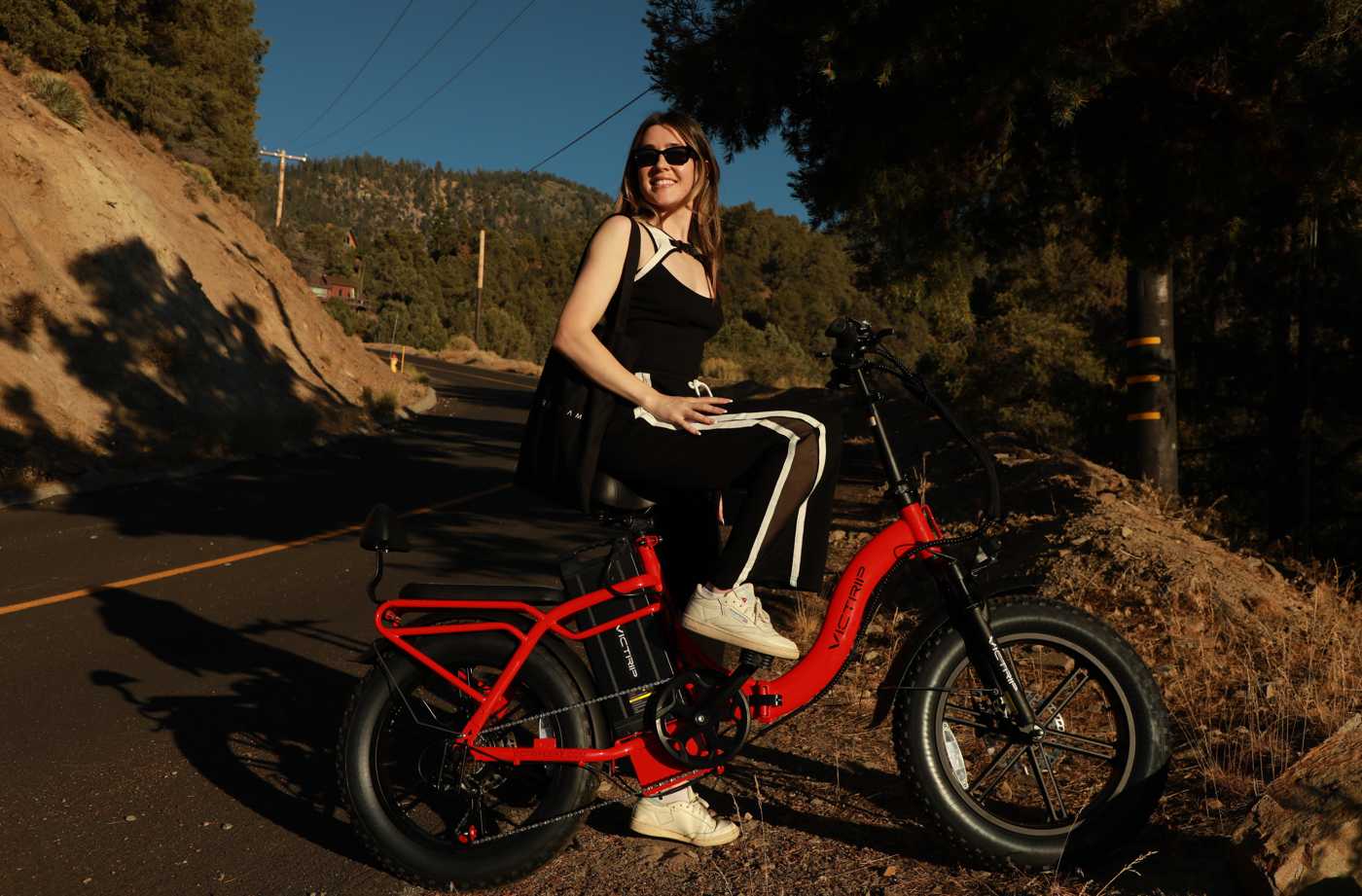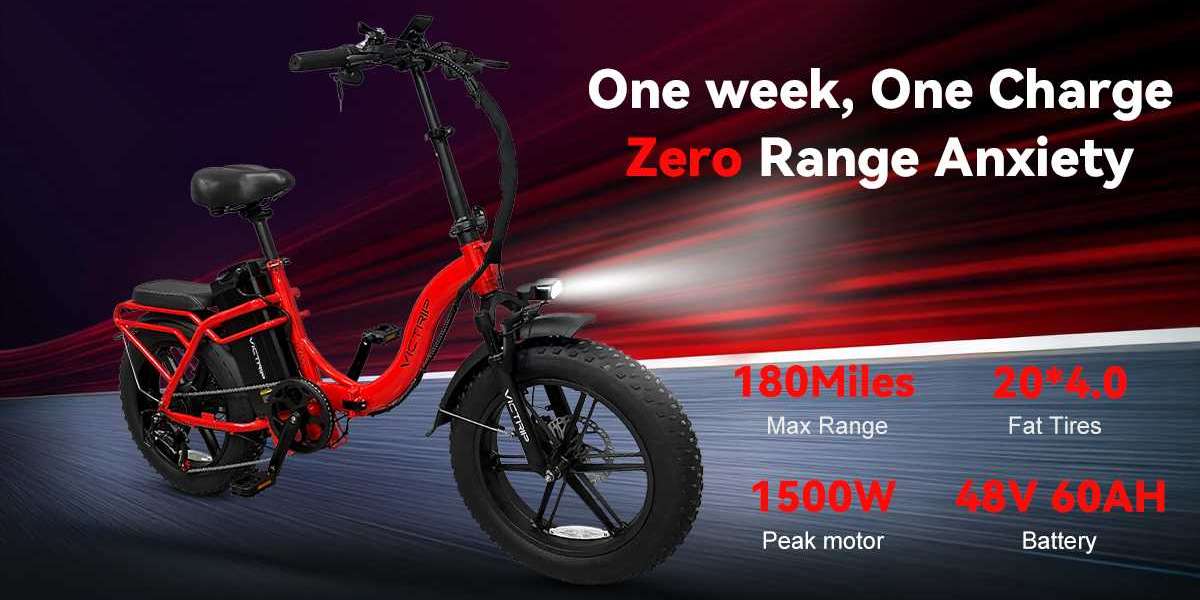E-bikes are revolutionizing personal transportation, offering riders an exhilarating blend of speed, power, and efficiency. Among the most powerful categories, 1000W ebikesstand out for their ability to reach impressive speeds while handling diverse terrains. Whether you're commuting through city streets or exploring off-road trails, understanding how fast a 1000W ebike can go helps you maximize performance and safety.
1000W ebikes are especially appealing to enthusiasts who want a balance between motorized assistance and the flexibility of pedal power. These ebikes are often equipped with larger batteries and robust controllers, enabling high torque and acceleration. However, top speed isn’t just about wattage—it depends on multiple factors, from rider weight to terrain and even wind resistance.
Understanding Ebike Motors
The heart of any e-bike is its motor. Motor type, design, and power output directly influence speed capabilities. There are two primary types:
Hub Motors vs Mid-Drive Motors
Hub Motors: Located in the wheel hub, these motors are simpler and quieter. They provide consistent power but may struggle on steep inclines.
Mid-Drive Motors: Positioned at the bike’s crank, mid-drive motors use the bike’s gears for more efficient torque delivery. They excel in climbing hills and handling challenging terrain.
Continuous vs Peak Power Ratings
Understanding continuous vs peak power is crucial. A 1000W motor may reach 1000 watts briefly (peak) but typically runs at a lower continuous power for extended periods. This impacts sustained speed and battery longevity.
VICTRIP® TITAN S: Performance Overview
The VICTRIP® TITAN S is a top contender in the 1000W ebike category. Known for blending high power with durability, it offers riders a smooth and reliable experience.
Motor Power: 1000W brushless motor
Top Speed: Capable of 28–32 mph under ideal conditions
Battery: 48V 17Ah lithium-ion, providing up to 55 miles per charge
Frame: Reinforced aluminum alloy, suitable for both urban and off-road use
The TITAN S balances speed and stability, making it one of the most versatile 1000W ebikes on the market.
Battery Capacity and Range
Battery capacity is measured in watt-hours (Wh) and determines how far you can ride at top speed. The TITAN S’s 816Wh battery supports long rides, but top speed reduces range, especially on steep inclines or rough terrain.
Controller and Electronics
The controller manages current flow, throttle response, and pedal-assist levels. Efficient electronics in the TITAN S ensure smooth acceleration while protecting the motor from overheating, which is critical for maintaining high speeds safely.
Factors Affecting Ebike Speed
Several variables influence the actual speed of a 1000W ebike:
Terrain: Flat roads allow maximum speed, while hills reduce it.
Rider Weight: Heavier riders naturally experience slower top speeds.
Wind Resistance: Strong headwinds can slow down acceleration and limit speed.
Tire Pressure: Properly inflated tires reduce rolling resistance.
Rider Influence
Pedaling effort and gear selection also impact speed. Combining pedal power with motor assistance allows higher efficiency and helps maintain top speed longer.
Environmental Impact
Weather, road surface, and temperature affect battery performance and speed. Hot or cold conditions may slightly reduce motor efficiency and overall speed.
Legal Speed Limits for Ebikes
Laws differ depending on your location. In the U.S., the maximum legal assisted speed is typically 28 mph for Class 3 ebikes. Exceeding this may classify the bike as a motor vehicle requiring registration.
Speed Restrictions by Class
| Class | Motor Assistance | Maximum Speed |
|---|---|---|
| 1 | Pedal-assist only | 20 mph |
| 2 | Throttle or pedal-assist | 20 mph |
| 3 | Pedal-assist only | 28 mph |
The TITAN S is classified as a Class 3, allowing higher speeds for urban commuting while staying within legal limits in most states.
Read More: What Is A Class 3 Ebike?
Real-World Speed Tests
Urban Commuting Scenarios
On flat city streets, the TITAN S can sustain 28–30 mph with minimal effort. Acceleration is swift thanks to the 1000W motor, allowing smooth merging in traffic.

Off-Road Performance
When tackling trails or uneven terrain, speeds average 20–25 mph depending on conditions. The TITAN S handles inclines and loose surfaces exceptionally well due to its mid-drive motor and suspension system.
Safety Considerations at High Speeds
Riding fast is thrilling, but safety should never be compromised. Essential safety measures include:
Wearing a helmet and protective gear
Using reliable brakes and maintaining them regularly
Observing traffic laws and speed limits
High-speed ebiking demands attention to both bike mechanics and rider awareness.
Maintenance Tips to Maintain Top Speed
Maintaining peak speed involves regular care:
Check tire pressure weekly
Clean and lubricate the drivetrain
Inspect the battery and motor connections
Ensure brakes and suspension are functioning correctly
Proper maintenance ensures that the TITAN S and similar 1000W ebikes perform optimally over time.
Pros and Cons of a 1000W Ebike
Pros:
High top speed for commuting or recreation
Excellent hill-climbing capability
Strong acceleration and torque
Versatile for urban and off-road use
Cons:
Heavier than lower-wattage ebikes
Reduced range at full speed
Requires adherence to legal speed limits
Conclusion
1000W ebikes like the VICTRIP Ebikesare capable of delivering impressive speed, power, and versatility for urban and off-road adventures. Understanding motor types, battery capacity, legal limits, and environmental factors allows riders to fully harness their ebike’s potential. Proper maintenance and safety practices ensure you can enjoy high-speed rides while protecting yourself and your investment.
FAQs
How fast can a 1000W ebike go?
A 1000W ebike like the TITAN S can reach speeds of 28–32 mph depending on terrain and rider weight.Does rider weight affect speed?
Yes, heavier riders may experience slower acceleration and top speed.Can I ride a 1000W ebike on trails?
Absolutely. Models like the TITAN S are designed for both urban and off-road use.How long does the battery last at top speed?
Riding at maximum speed drains the battery faster. Expect slightly less range than rated when consistently riding at 28–32 mph.Are 1000W ebikes street legal?
Most Class 3 1000W ebikes are street legal in the U.S., but always check local regulations.How do I maintain top speed performance?
Regular maintenance, proper tire pressure, and battery care are essential to sustain maximum speed.



